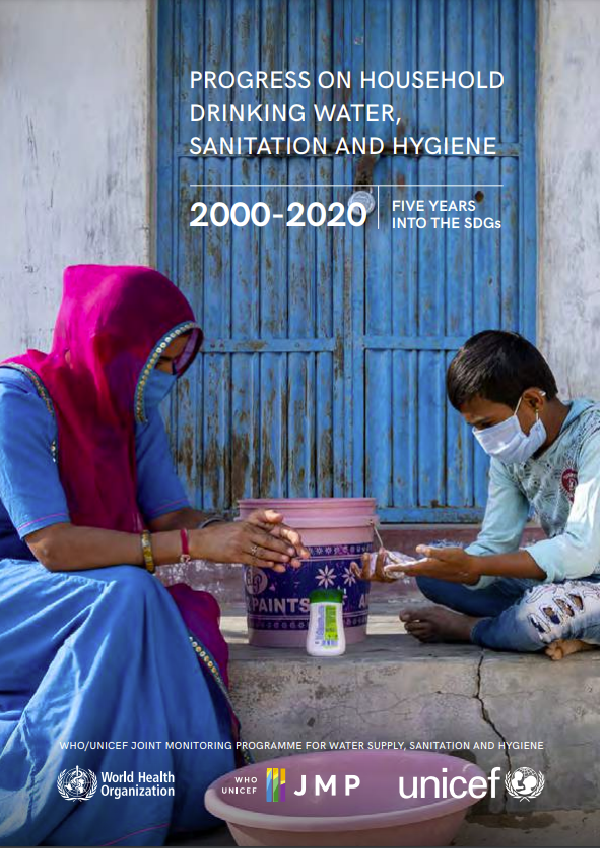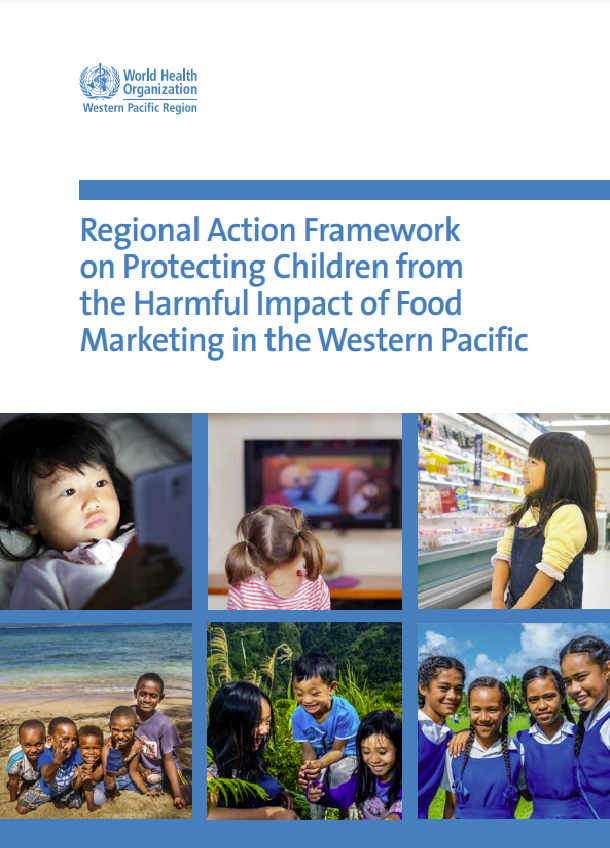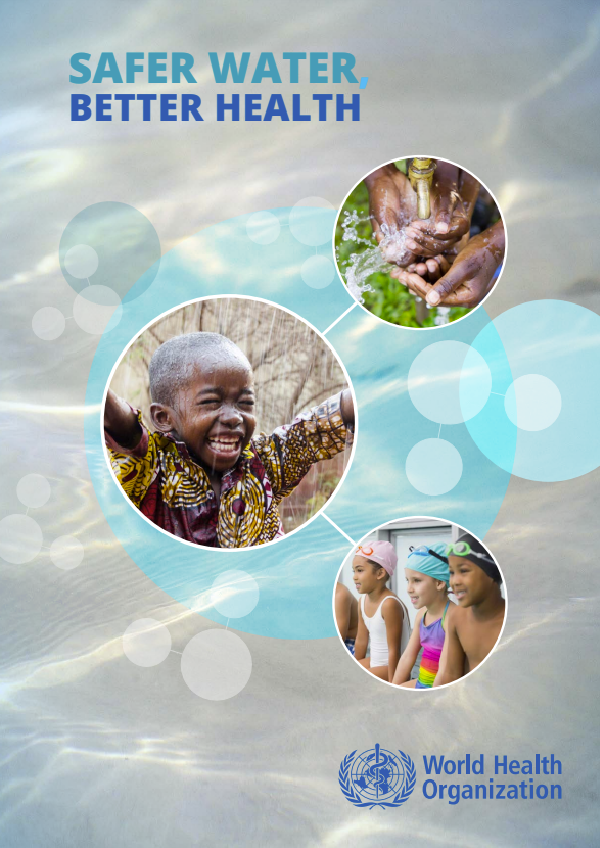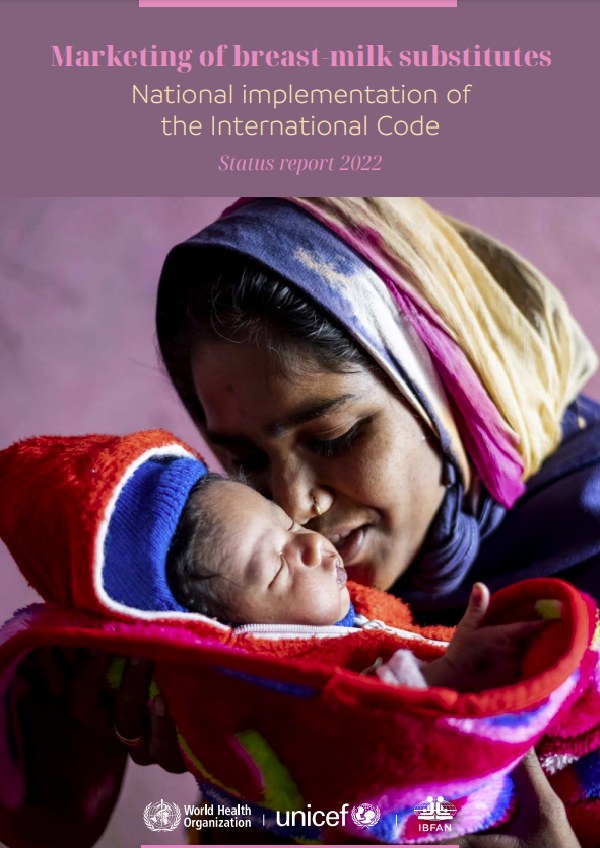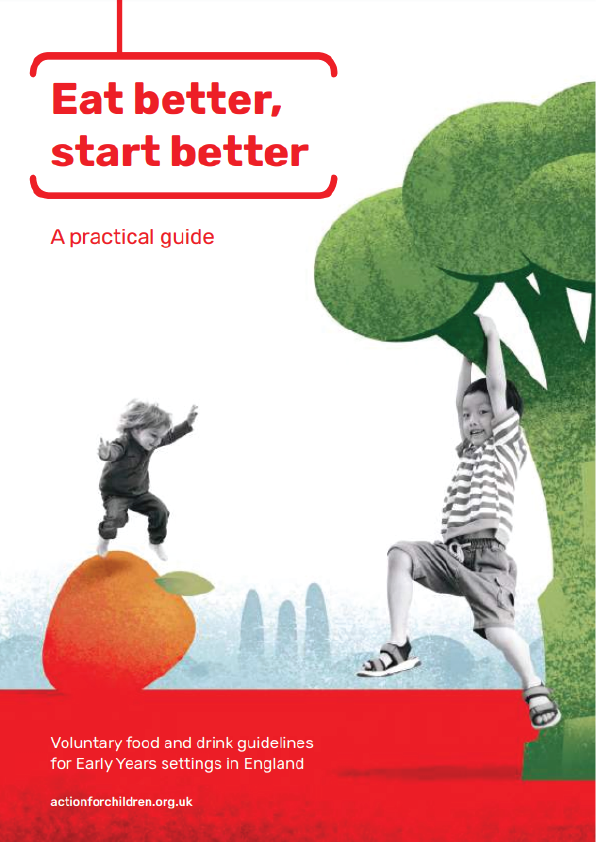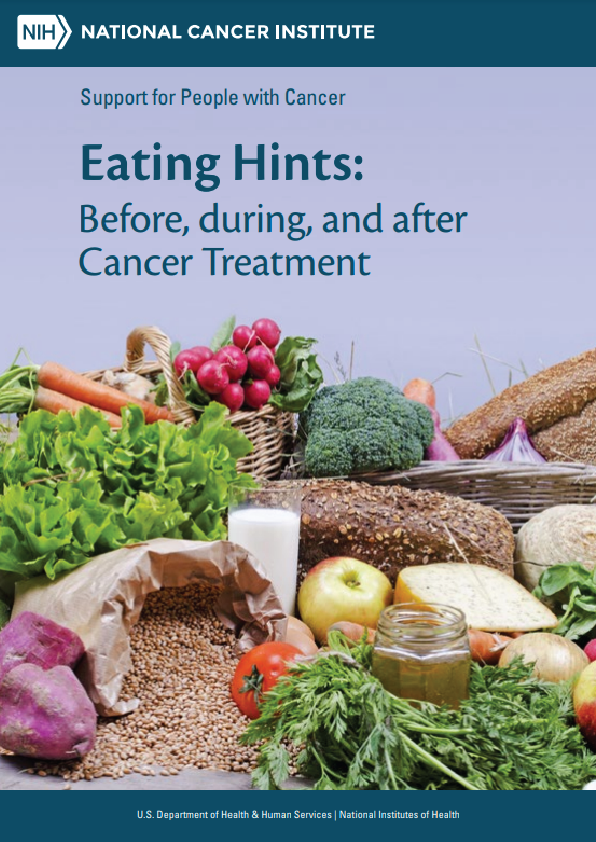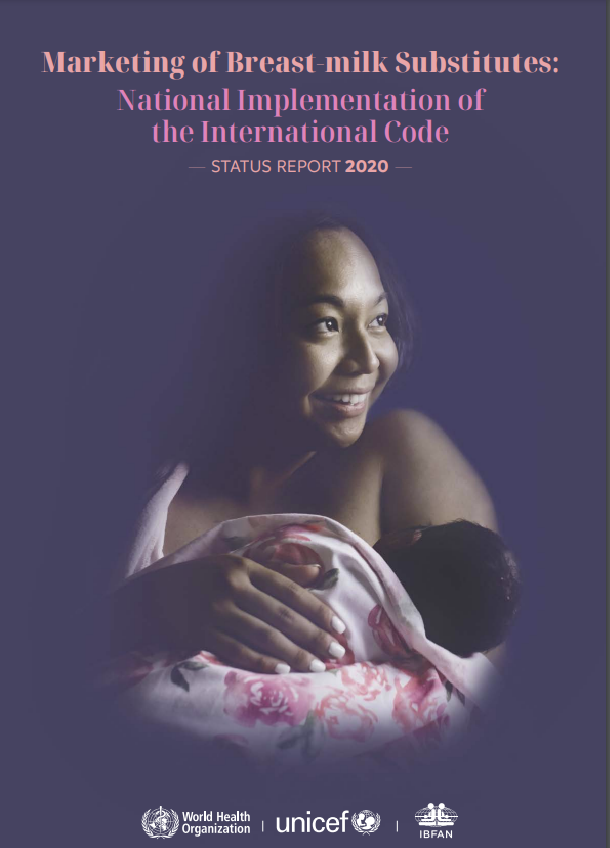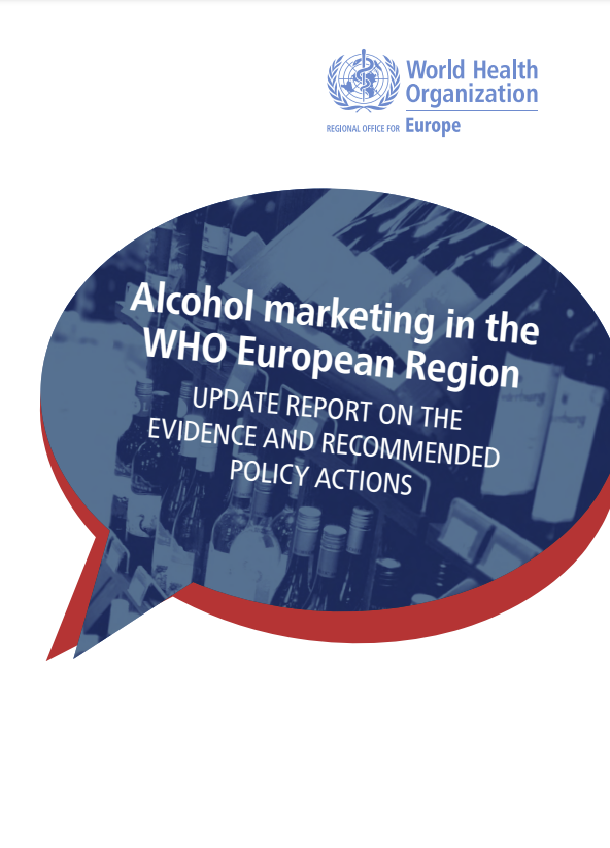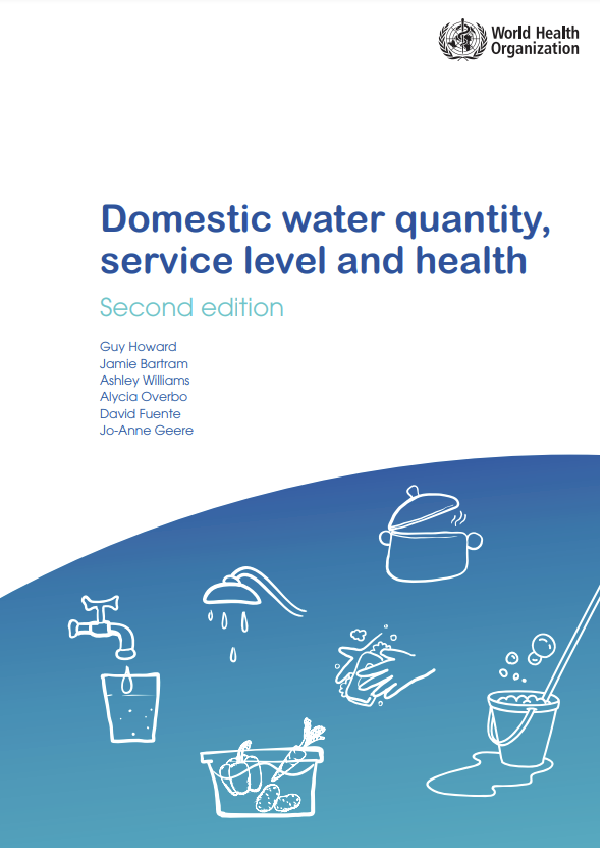The 2030 Agenda for Sustainable Development called for ‘ensuring availability and sustainable management of water and sanitation for all’ under SDG6, and established ambitious new indicators for WASH services under targets 6.1 and 6.2. While the number of countries with estimates available for the new SDG global indicators has increased with each JMP progress update, many still only have a small number of data points making it difficult to assess trends. However, there are now enough data to begin to assess the prospects for achieving the SDG targets. This 2021 report extrapolates estimates based on existing trends to illustrate current trajectories and the acceleration required to achieve universal coverage by 2030.
Five years into the SDGs, the world is not on track to achieve SDG targets 6.1 and 6.2. Achieving universal coverage by 2030 will require a quadrupling of current rates of progress in safely managed drinking water, safely managed sanitation, and basic hygiene services. Least Developed Countries have the furthest to go and it will be especially challenging to accelerate progress in fragile contexts. Many more countries are facing challenges in extending services to rural areas and to poor and vulnerable populations who are most at risk of being left behind.
Since 2015, the JMP has expanded its global databases to incorporate the latest available national data related to the new SDG indicators. The JMP produces internationally comparable estimates for 234 countries, areas, and territories, and has produced estimates disaggregated by wealth quintile and sub-national region for more than 100 countries. The JMP published a global baseline report on WASH in households in 2017, and a progress update with a special focus on inequalities in 2019. This report presents updated national, regional, and global estimates of progress on WASH in households for the period 2000 to 2020.
The report takes stock of progress over the first five years of the SDG period. It assesses the status of WASH services in 2020 and progress made since 2015, and analyses the acceleration required to meet the SDG targets by 2030. It also reviews global trends in the availability of data for monitoring the SDG WASH indicators and presents emerging data on new indicators related to menstrual health. The report documents inequalities in drinking water, sanitation, and hygiene (and menstrual health) between and within countries, and highlights the particular challenges faced by those living in fragile contexts, which often have much lower coverage and rates of progress on WASH services and will need to be a major focus of efforts to build back better after the pandemic and accelerate progress towards the 2030 targets.
During the first five years of the SDG period, there has been a steady improvement in the availability of data for monitoring the SDG global indicators for WASH. Both the total number of countries, areas, and territories with estimates and the proportion of the global population for which estimates are available have increased with each JMP progress update on WASH in households.
The number of countries with national estimates available for SDG indicator 6.1.1 (safely managed drinking water services) has increased from 96 to 138, resulting in a growth in population coverage from 34% to 45%. There has been a three-fold increase in the number of countries with rural estimates (from 20 to 65) and a more than two-fold increase in the number of countries with urban estimates (from 42 to 87). Data availability for SDG indicator 6.2.1a (safely managed sanitation services) has also improved, rising from 84 countries to 120 countries (from 48% to 81% of the population). More countries have gained estimates for safely managed sanitation in rural (45) than in urban (30) areas. By contrast, there has been a relatively small increase in the number of countries with data available for SDG indicator 6.2.1b (basic hygiene services), rising from 70 countries in the 2017 baseline report to 79 countries in this 2021 progress update. While population coverage has increased from 30% to 50%, this has mainly been driven by the addition of estimates for populous countries.
While previous JMP updates on WASH in households have presented estimates up to the current year minus two, this report presents estimates up to the current year minus one (2020). Therefore, timeliness has been significantly improved. However, it remains challenging to assess trends and rates of progress for countries lacking recent data or having only a small number of data points available. If a country has only one data point or two data points less than five years apart, the JMP creates estimates using a simple average, which is extended for four years beyond the most recent data point. If there are two or more data points, covering a span of at least five years, the JMP applies linear regression with extrapolation for up to two years forwards and backward from the last data point and extends estimates for up to four more years. This means to generate estimates for 2020, countries must have new data points available from 2014 onwards, or from 2016 onwards if only one data point or two closely-spaced data points are available.
